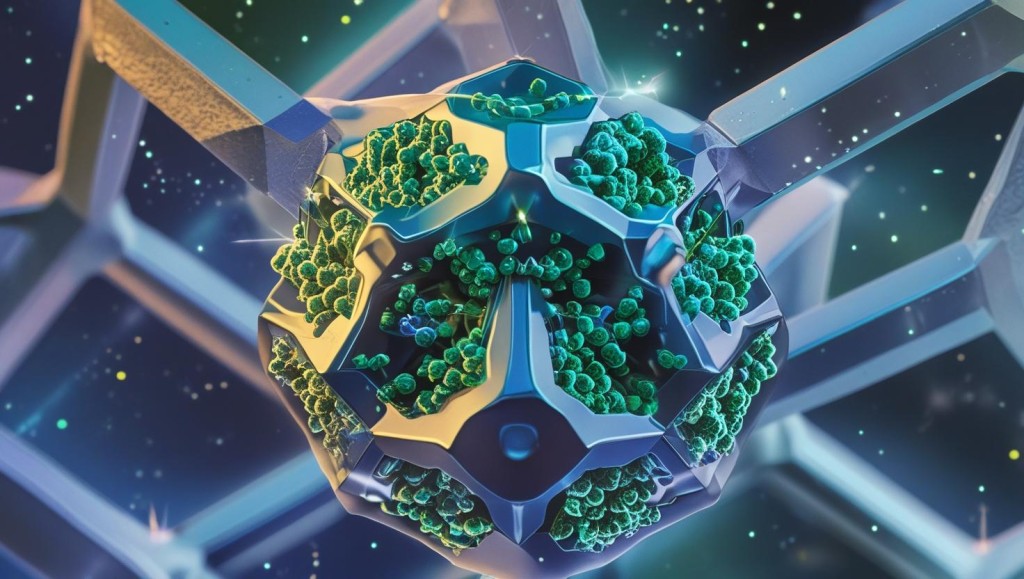Rewriting Computation: Hidden Metallic State Could Yield Computers 1000× Faster

A team at Northeastern University has uncovered a quantum material behavior that may herald a new era in computing speed and energy efficiency. In a groundbreaking study published in Nature Physics and reported two weeks ago, researchers explored a phenomenon known as the “hidden metallic state” in tantalum disulfide (1T-TaS₂).
Under a process called thermal quenching—rapid cooling following a brief heating—the material morphs into a hybrid phase featuring both conductive and insulating regions. This duality means that a single substance could handle the roles of both switch and memory, potentially eliminating the need for multiple components in computing circuits. According to Alberto de la Torre, lead author of the study, such materials could pave the way for terahertz-range transistors, shattering the gigahertz speed limit of current silicon-based technology.
What makes this discovery particularly exciting is its practicality. While most quantum materials demand near-absolute-zero temperatures, the hidden metallic state here is stable at –63 °C (210 K)—a temperature that, although cold, is comparatively accessible. Even more promising, this configuration remains unchanged for months, opening realistic pathways to integrate it into long-term electronics and energy-conscious computing frameworks.
The implications are vast. AI systems, often bottlenecked by expensive and energy-intensive data shuttling between memory and processors, stand to benefit immensely. This “in-memory computing” approach could dramatically reduce power consumption and improve processing speeds. Gregory Fiete, a co-author, highlighted that using light to manipulate material states brings the performance closer to the fastest operation allowed by physics.
In summary, this isn’t just an incremental upgrade—it’s a potential paradigm shift. As we near the physical limits of traditional silicon, innovations like the hidden metallic state remind us that the quantum realm still holds radical possibilities. If harnessed effectively, this material could redefine the hardware landscape for computing, making today’s technology look archaic.
